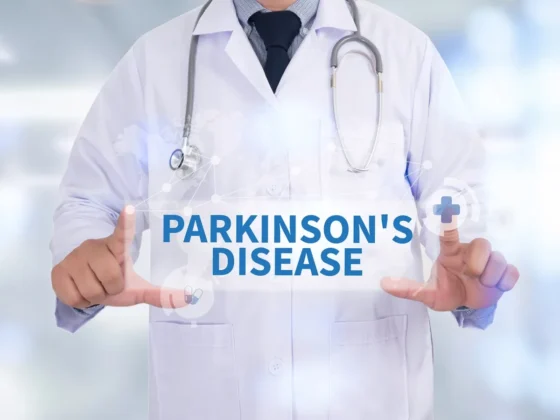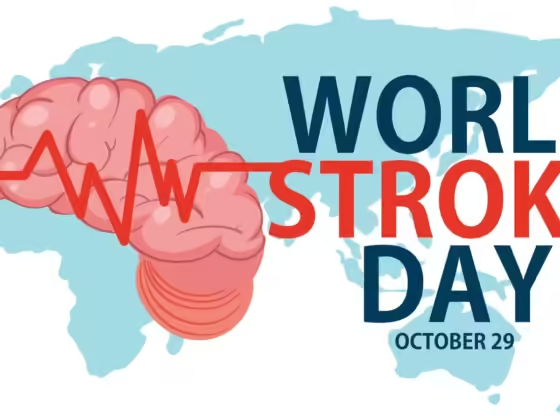Dr. Divya A (Pt), Executive Physiotherapist, Cloudnine Group of Hospitals, Panchkula
As we all know smoking causes cancer and other major health problems. And smoking while you’re pregnant can cause serious problems, too. Smoking and pregnancy don’t mix. Smoking while pregnant puts both you and your unborn baby at risk. If you smoke during pregnancy, the nicotine, carbon monoxide, and other chemicals pass to your growing baby and it can cause miscarriage, premature birth, a low birth weight, sudden infant death syndrome (SIDS), asthma, intrauterine fetal death (stillbirth), cleft palate and other birth defects and other respiratory problems. Smoking during pregnancy is also associated with serious conditions that can affect your child during infancy and childhood. These can include sudden infant death syndrome (SIDS), learning disabilities, behavioural problems, asthma attacks, frequent infections. Not only the baby but the mother herself can have numerous deteriorating effects on her health like heart disease, stroke, lung diseases, diabetes, and chronic obstructive pulmonary disease (COPD), which includes emphysema and chronic bronchitis. Smoking also increases the risk for cancer, tuberculosis, certain eye diseases, and problems with the immune system, including rheumatoid arthritis.
• Smoking is the main cause of the chronic obstructive pulmonary disease (COPD), a serious, progressive and disabling condition that limits airflow in the lungs. Active smoking also worsens asthma in active smokers and is associated with an increased risk for asthma in adolescents and adults. It also increases the risk of blood clots, which block blood flow to the heart, brain or legs. Along with that smoking weakens your immune system so you’re more likely to get bacterial and viral infections.
• Ectopic pregnancy is a life-threatening reproductive complication in women. It occurs when a fertilized egg implants somewhere other than the uterus. The egg can’t survive and it puts mom’s life at serious risk. The chances of ectopic pregnancy increase in smokers . Moms-to-be take note: Smoking can affect your ability to conceive. It causes reduced fertility in women and can contribute to other problems during pregnancy.
Doctors usually tell women to avoid medicines during pregnancy, if possible, especially during the first 3 months. That is when a baby’s organs form. But sometimes other treatments like physiotherapy can avoid you to take medicine to treat a health problem.
• Physiotherapy plays a major and vital role in treating several problems caused by smoking like COPD, asthma, cardiovascular diseases, osteoporosis, diabetes etc. Physical Activity is associated with enhanced psychological functioning and quality of life, improved cardiorespiratory fitness, and decreased morbidity. Increasing physical fitness may be beneficial for patients with asthma by increasing exercise tolerance and capacity and enhance aerobic power, neuromuscular coordination, and self-confidence.
• ANTENATAL EXERCISES
The aim of antenatal exercises is to improve the physical and psychological well-being of an expected mother for labour and preventing pregnancy-induced pathologies by various physical means. It generally includes low impact aerobic exercises and stretching exercises. There are multiple advantages of physical activity during pregnancy which includes: reduces insomnia, anxiety and stress, reduces other pregnancy-related complaints, eg: fatigue, leg cramps, odema of extremities etc , prevents excessive weight gain during pregnancy, improves muscle strength, improves core stability ,maintains muscle length and flexibility, improves glycemic control, improves posture, enhances relaxation, prepares for physical demands of labor.
• STRENGTH TRAINING
Physical activity levels play a key role in preventing the onset of muscle dysfunction and de-conditioning and have been associated with quality of life, hospital admission, co-morbidities, lung function decline and mortality. Skeletal muscle dysfunction can be reduced by the use of strength training as a modality to reverse the deleterious effects of the disease. A recent systematic review demonstrated strength training could improve skeletal muscle strength in COPD patients, and these improvements were associated with increased activities of daily living. Strength training program can decrease the atrophy and strength loss associated with steroid use. The extent of fast-twitch muscle atrophy resulting from chronic glucocorticoid treatment can be lessened by mild weight-lifting exercise.
• DEEP BREATHING EXERCISE
Pursed lip breathing exercises have primarily been shown to be effective in patients with chronic obstructive respiratory diseases but may also benefit those with other chronic respiratory problems. It is believed that respiratory muscle training should result in improved function and thus decrease the effort of breathing, consequently reducing dyspnoea.
• AEROBIC TRAINING
This type of training is widely recommended for a healthy population and is commonly associated with whole body exercise, i.e. the involvement of large muscle groups. In healthy individuals aerobic training provokes physiological and structural changes that will improve endurance performance. These changes centre around the trained muscles (an increased capillary network, mitochondrial density and concentration of oxidative enzymes) and the cardiovascular system (increased stroke volume).
• POSTURAL DRAINAGE
Positioning a patient so that the bronchus of the involved lung segment is perpendicular to the ground is the basis for postural drainage. Using these positions assist the muco-ciliary transport system in removing excessive secretions from the tracheobronchial tree.










